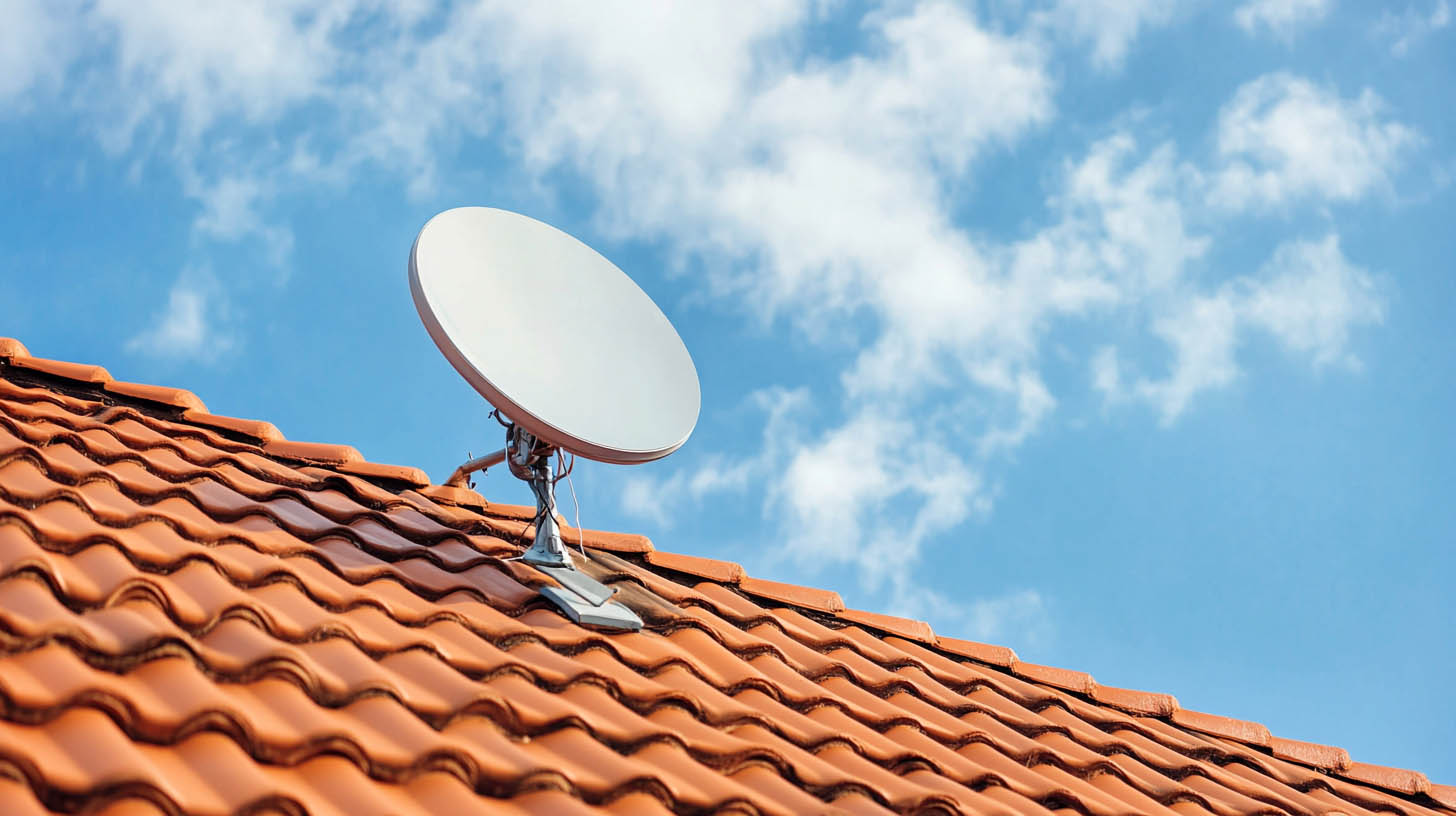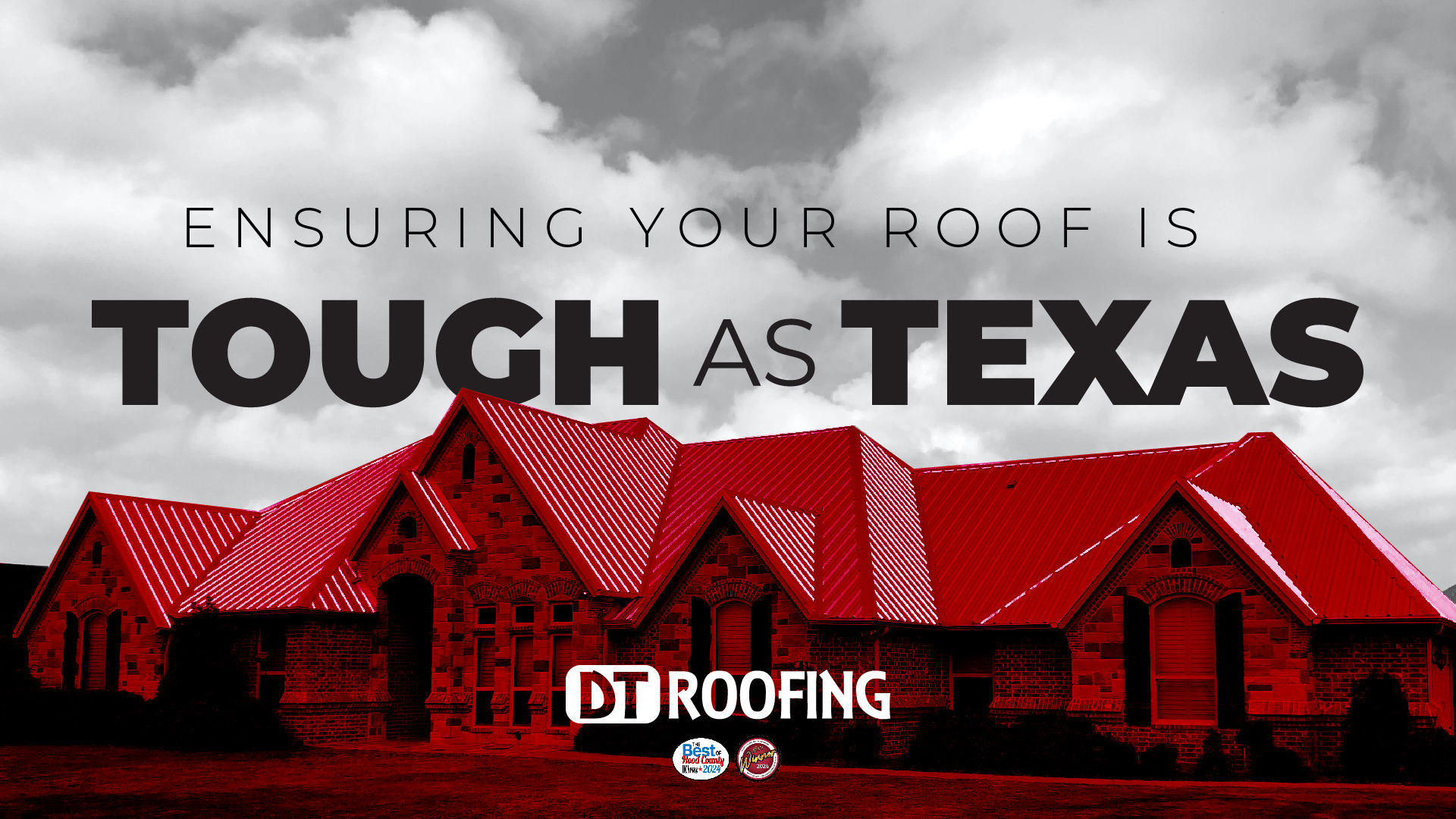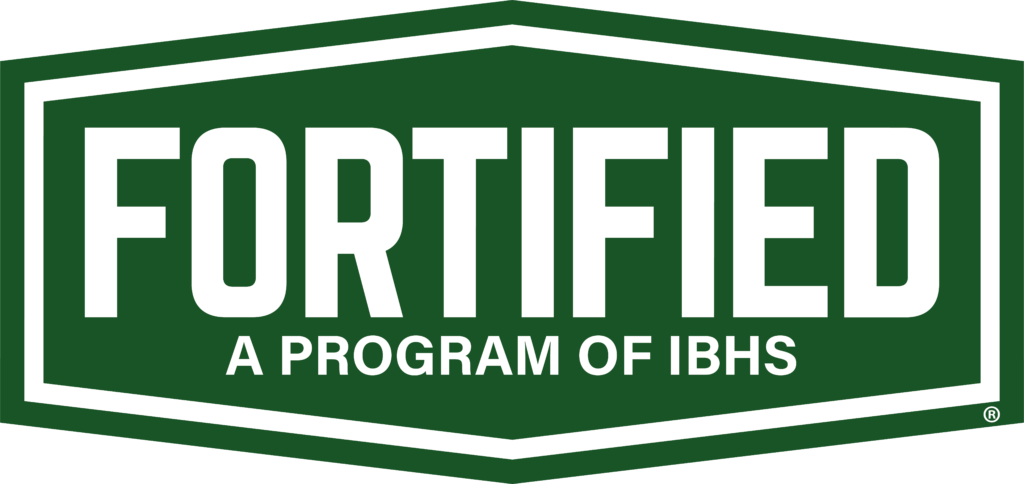
The Ideal Spot for Mounting a Satellite Dish on Your Roof
Mounting a satellite dish on your roof might seem like a straightforward task—find a spot with a clear view of the sky and bolt it down. But when it comes to preserving the integrity of your roofing system, things are a bit more complex. One wrong placement can lead to leaks, structural issues, or even void your roofing warranty. Knowing the ideal location to install a satellite dish can save you from a world of headaches and costly repairs down the road.
Whether you’re moving into a new home in Stephenville, TX or upgrading your home entertainment system, it’s important to understand how the placement of a dish can impact your roofing structure. At DT Roofing, we’ve seen countless instances where improperly installed satellite dishes led to long-term roof damage. Here’s how to do it right.
Why Roof Placement Matters
A satellite dish must be securely mounted to receive a consistent signal. However, attaching hardware directly to your roof can create potential weak spots. Screws that penetrate the shingles, underlayment, and decking can allow water to seep through if not sealed correctly. Over time, this can result in moisture damage, mold, and insulation deterioration.
Choosing the ideal mounting spot reduces the risk of roof leaks while ensuring optimal signal strength.
The Best Mounting Locations
1. Fascia or Eaves (Preferred)
When possible, the fascia board—the horizontal band just below your roofline—is the ideal spot to mount a dish. It’s easier to access, doesn’t require disturbing your roof’s waterproofing layers, and keeps the equipment stable. Most signal providers allow fascia mounting as long as it provides a clear view of the southern sky.
2. Gable End
Another great option is the gable end of the house—specifically the vertical triangle portion of a wall beneath the roof’s peak. This area is typically strong enough to support the dish and doesn’t compromise your roofing materials. Plus, it keeps the dish higher up, providing an excellent line of sight for signal reception.
3. Non-Penetrating Roof Mount (If Roof Mounting is Unavoidable)
In cases where the dish must go on the roof, a non-penetrating mount is the safest approach. These mounts sit on a flat surface and are weighted down with cinder blocks or sandbags rather than being drilled into the roof. This method avoids puncturing your shingles and helps preserve your roof’s waterproof barrier.
It’s especially beneficial for flat or low-slope roofs, common in modern builds or additions.
Locations to Avoid
Avoid mounting the dish directly into shingles, especially on roof valleys or near flashing. These areas are already prone to leaks and see the highest volume of water flow. Drilling into them introduces a higher risk of long-term water damage.
Stay away from mounting the dish onto chimneys, ridge caps, or vent pipes. These spots may seem convenient, but they are essential for ventilation and water drainage—and should never be compromised.
Professional Installation is Key
Satellite providers often send technicians to install the equipment, but their expertise is typically limited to the satellite system itself, not roofing safety. This is where hiring a roofing-conscious contractor can make a significant difference. At DT Roofing, our team works hand-in-hand with homeowners and satellite providers to ensure dishes are installed securely without jeopardizing the roof.
We’ve also been recognized with awards like Best of Erath County 2 years in a row and named among the Top 100 Roofers in the country—so you can trust we’ll get the job done right.
Don’t Neglect Post-Installation Maintenance
Once your dish is installed, periodic inspections are necessary. High winds, debris, and time can shift mounts or cause sealants to degrade. Make it a point to check the mounting bracket and surrounding roof area at least once a year or after major storms.
If you notice any signs of movement, water damage, or lifted shingles near the mount, contact a professional immediately. Early detection can prevent minor issues from becoming major repairs.
Read also our blog: How Each Hurricane Category Impacts Your Roof












